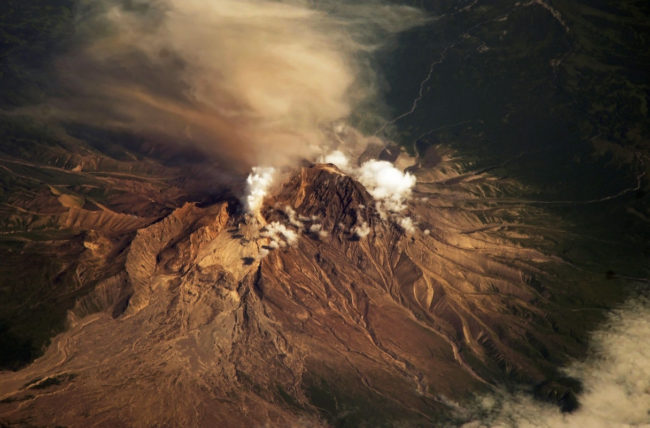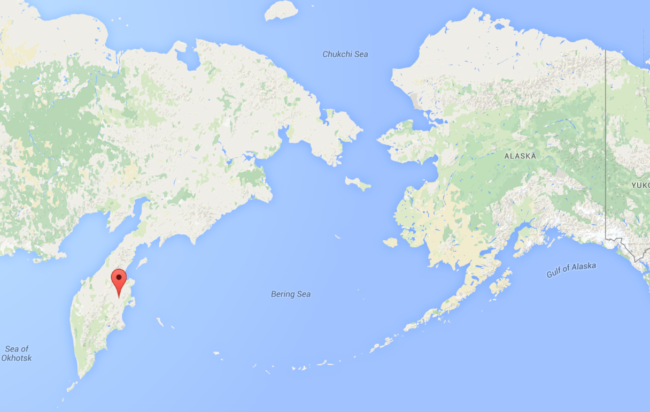
Ash from a Russian volcano diverted the nightly flight into Nome Thursday.
The Global Volcanism Program at the Smithsonian Institution tracked “powerful explosions” last week and into this week from the Shiveluch volcano, considered one of the most active volcanoes on Russia’s Kamchatka Peninsula, that sent plumes of ash up 32,800 feet in the air.
Forecasters with the National Weather Service in Nome said Thursday that the ash cloud went to the mid level and lower level of the jet stream, sending it east toward Alaska. The plume then combined with a high pressure mid-level system over the Bering Sea, suspending the ash cloud over the central and eastern Norton Sound by Thursday.
Alaska Airlines confirmed the flight overflew Nome due to the volcanic ash in the area.

Halley Knigge, a spokesperson with Alaska Airlines, said the nightly flight made it from Anchorage to Kotzebue without incident. The plane left Kotzebue at 7:03 p.m. and “observed a haze in the area” around Nome. Following the airline’s policy of “never flying through areas of known ash,” the crew diverted the plane to Anchorage (the flight’s ultimate destination) and landed at 8:33 p.m. Knigge said the airline expects the ash cloud to dissipate, and to resume regular flights, by Friday morning.
It was unknown Thursday if smaller planes, which typically fly lower than larger commercial jets, were affected by the ash cloud.
Forecasters say the plume is moving down the Norton Sound coast and could move over the Yukon Delta before likely dissipating within the next day or so.
Volcano watchers with Russia’s Institute of Volcanology and Seismology, who are continuing to monitor the Shiveluch volcano, reported Friday that “explosive … eruption of the volcano continues” with “ash explosions up to 32,800 feet … could occur at any time.” The volcanologists and other observers caution that “ongoing activity could affect international and low-flying aircraft.”
